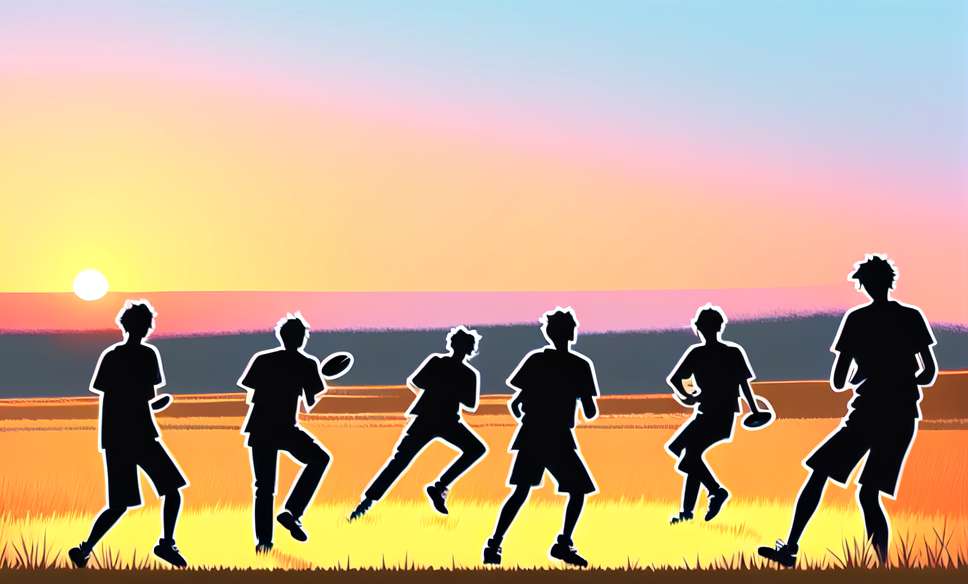Get rid of cellulite through food
April 2024

After investigating the damages of bullying , the scientists found that in the human brain there is a close relationship in the way in which social rejection and physical pain are perceived.
In an experiment published in the scientific journal Pain , researchers identified the "pain threshold" of people under normal conditions; later, they participated in a virtual game in teams, where some of them were intentionally totally or partially excluded from the game.
The subject could feel partially excluded when only sometimes the ball arrived, or totally because the ball never arrived. In the last seconds before finishing the game a measurement of the "pain threshold" was made again.
Not surprisingly, people who felt excluded from the game experienced an average of 67% more social tension.
Even more surprising was that the same people under social tension reported feeling a higher level of physical pain , by applying again the "threshold to pain" test once the game is over, thus demonstrating a direct relationship between the experience of social pain and the perception of physical pain.
Adolescence is a period of brain remodeling. Neural connections are established; If there is something you like, by repeating it you are reinforcing the circuits. In the same way, repeated negative emotions can reinforce the fear or pain circuits .
At this stage, the levels of dopamine, related to pleasure and addiction, are lower, but the rate of release is greater than at other stages of life; especially new experiences stimulate the release of dopamine.
As in the animal world, adolescents need independence from their parents in the future to form their own family group; However, at the same time he needs to feel protected, so during adolescence the attachment is transferred to the peers.
This sense of belonging to the group is so important that adolescents can sometimes sacrifice learned values or their own security as long as they do not feel excluded; For this reason, bullying damages are more marked at this age.
Lverbal aggression , isolation or constant abuse, today known as bullying, can leave an indelible mark on the teenager's brain, since as we have mentioned it is a stage of growth and development.
Bullying can cause a change in neurotransmitter levels in the adolescent, and even lead to changes in brain connectivity. These neuronal "scars" are very similar to those of children who have suffered abuse or even sexual abuse.
Because the Neurosciences have shown thatThe brain continues its development during childhood and adolescence , and the physiological damage that bullying can cause, today it has been revealed that bullying, more than normal behavior in the schoolyard, is actually a serious form of childhood trauma.
This change of perspective must have a response at all levels, involving parents, adolescents and school institutions. We must reassess the way we approach excluded adolescents or those who suffer constant aggression. Nowadays we can consider that beyond being just a matter of school conduct, it is a medical problem.